“Everyone has his own forest… Those who are lost are lost, and those who meet will meet again.”
In Haruki Murakami’s “Norwegian Forest”, Naoko lives in the remote mountain sanatorium “Ameiliao”, recuperates in the quiet and green forest, and repairs her sad heart. “Ameiliao” is the prototype of the large-scale rise of forest sanatoriums in Japan. In Japan, this method of relieving stress and fatigue and promoting physical and mental health in the forest is called “forest bathing”, and in China it is called “forest health care”.
Effects of Forest Therapy on Human Health
Forest therapy, originated in Germany. In 1840, the Germans created climate therapy for the treatment of “urban diseases” and called it “Forest Hospital”. Today, there are 350 forest hospitals in Germany, and the cost of citizens going to forest hospitals has been included in the scope of national public medical care.
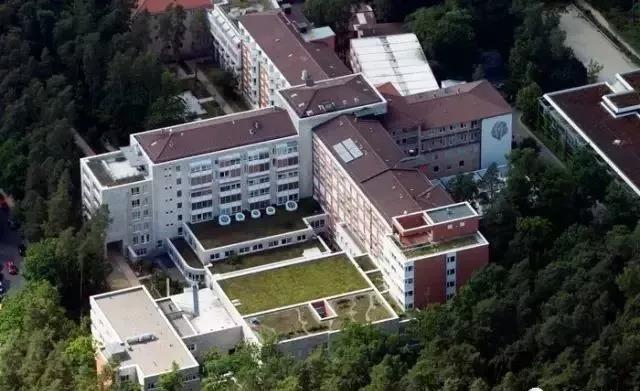
For more than 100 years, almost all developed countries have carried out different degrees of research and practice on forest health care, and obtained relatively consistent research results:
The volatile aromatic components contained in forest plants are called “phytondine”, which has the functions of relieving cough, relieving asthma, eliminating phlegm, anti-inflammatory, antiseptic, calming, strengthening the heart, lowering blood pressure, calming the nerves, antipyretic and analgesic, and killing insects. Bacteria, clean air, improve the environment, enhance physical strength, eliminate fatigue, stimulate nerves, improve nerve excitability, etc. The specific functions vary with different tree species.
In addition, forests contain extremely rich air negative oxygen ions, also known as “air vitamins”, which have good physiological effects on almost all living things, especially through the human nervous system and blood circulation. .
The development status of forest health care industry in Japan
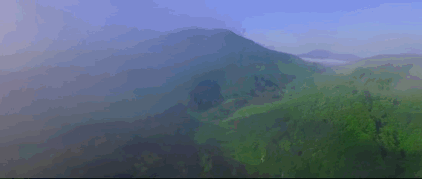
In 1982, Japan, which has rich forest resources, introduced the German forest medical concept into the country, began to plan forest bathing bases throughout the country, and gained a leading position in the world in a short period of time.
At present, Japan’s forest area is 25.74 million hectares, the forest coverage rate is 68%, and the per capita forest area is 0.25 hectares. The dense forest has created good conditions for the Japanese people to take “forest bathing”. Every year, about 800 million people go to the forest area for recreation and bathing, enjoying the physical and mental pleasure brought by the forest. On this basis, a total of 1,055 “recreational forests” have been built in Japan, and about 110 million people visit each year. In 2003, 25.6% of Japanese people were willing to relax through forest bathing. This is inseparable from Japan’s great investment and practice in forest health care and forest bathing theoretical research.
First, in terms of theoretical innovation, Japan has established the world’s most advanced scientific forest health efficacy measurement technology.
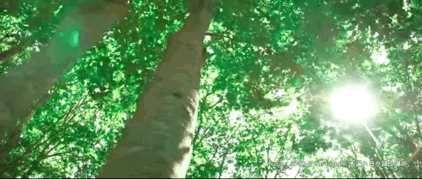
Second, in terms of system construction, Japan established a forest recuperation base certification system and developed a fixed forest recuperation course in 2001.
At present, the non-profit organization NPO legal person, the “Forest Rehabilitation Base Association”, has certified 62 forest recuperation bases all over the country. The total number of therapy trails in these bases is 212, including climbing trails with steep slopes, viewing trails, and waterfronts with moderate slopes. Trails, circular trails with small slopes suitable for the disabled, and plant landscape appreciation trails in specific forests.

Third, in terms of professional certification, a forest therapy guide and forest physiotherapist qualification system has been set up to stimulate the employment of local villagers.
The professional qualification of forest therapy guide adopts online teaching method and provides electronic qualification certificate. The duty of the forest therapy guide is to lead tourists to walk and exercise on site, and they are mainly recruited from local residents, which solves the employment problem of local villagers well.
After passing the Forest Therapy Guide Qualification Examination, students can apply for the more rigorous Forest Therapist Licensing Examination. Forest physiotherapists must not only master the skills of forest medicine, forestry, ecology, forest pharmacy and psychology, but also master safety and security skills such as first aid, as well as professional knowledge in health and psychology and high communication skills , and can provide high-quality health care programs for forest therapists and guide the practice of forest therapy. The Japanese forest physical therapist qualification examination system began in 2009 and has been held for 3 times so far. A total of 840 people have obtained the first-level qualification and 2300 people have obtained the second-level qualification.
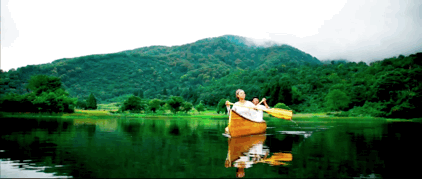
Fourth, provide financial support for state-owned “recreational forests”
In order to promote the implementation of the policy of building a country through tourism and accelerate the construction of state-owned recreational forests, the Forestry Agency has applied for hundreds of millions of yen from the government budget every year since 2016 to “make full use of the forest landscape and realize the innovative use of forest resources”. In the selected “recreational forest” demonstration base, construction of trails, harvesting of landscaping wood, production of multilingual publicity display boards and brochures, and establishment of web sites and other implementation matters.
In addition, the Rural Development Bureau of Japan has used the 15 billion yen it has applied for as a subsidy for the revitalization of farming, mountain and fishing villages, and has joined hands with projects such as “Country Houses” to promote the construction of wooden huts and other facilities in the forest and guide training.
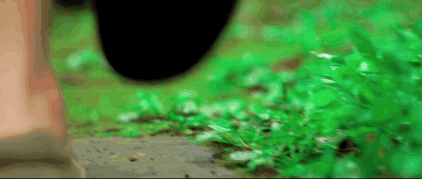
Operation method of FuFu Yamanashi Health Farm
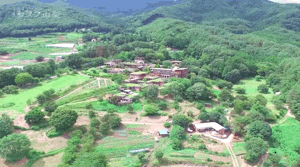
Yamanashi Health Farm is the “benchmark” of Japanese forest health care bases.
FuFu Yamanashi Health Farm is located in Muqia Town, Yamanashi City, Japan, covering an area of 60,000 square meters (excluding the surrounding forests). It is a well-known forest health care base in Japan.
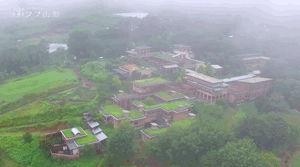
Speaking of the history of FuFu Yamanashi Health Farm, its predecessor was a western restaurant invested and constructed by the municipal government, which closed down due to poor management. The Green Checkup discovered the place five years ago and decided to bring it back to life. The exchange condition for project operation is that the local government does not charge rent for the first five years, but the project operator has to bear the repair and maintenance costs of 10 million yen (about 600,000 yuan) per year, and give priority to hiring local people.
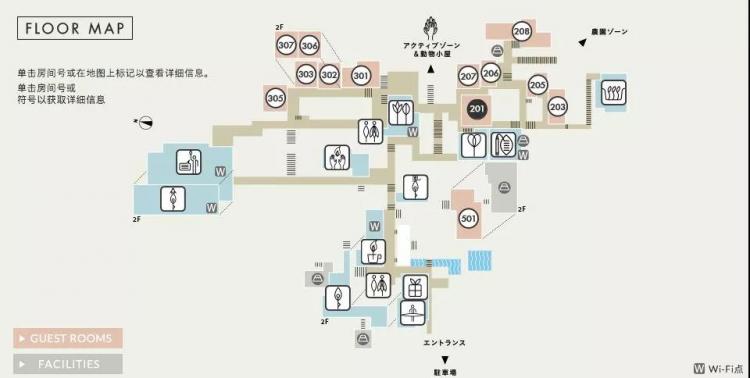
Floor plan of FuFu Yamanashi Health Farm
FuFu Yamanashi Health Farm has made many beneficial attempts in terms of business philosophy.
Complete infrastructure
In addition to providing basic catering and accommodation, Yamanashi Health Farm also provides activity spaces such as yoga classrooms, gyms, reading corners, stargazing platforms, psychological counseling rooms, and massage rooms.
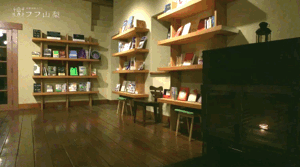
abundant natural resources
As an extension of course activities and the main outdoor course venue, the Yamanashi Health Care Farm has obvious altitude differences and rich vegetation. It has forests, gardens, farmland, and orchards, providing a good natural foundation for health care services.

Professional talents
In order to ensure the scientificity, rigor, therapeutic effect and safety of the courses, the Health Farm also equips the courses with teachers with professional qualifications, including aromatherapy therapists, forest therapists, psychological counselors and masseurs.
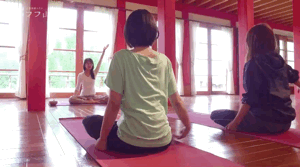
Humanized accommodation experience
FuFu Yamanashi Health Farm has three types of accommodation plans: two-day one-night, three-day two-night, long-stay and one-day tour stay plans. Visitors can enjoy any plan according to their personal schedule. In order for tourists to deeply experience the 6 methods formulated by FuFu Yamanashi Health Farm to completely relax the body and mind, and achieve a good recuperation effect, it recommends an accommodation plan of three days and two nights or more. The six methods are: sleep regulation, exercise, diet therapy, sensory utilization, relaxation and communication.
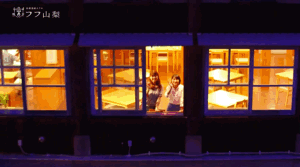
Accessible Facilities for Special Populations
In Japan’s forest sanatorium bases, most of the roads have gentle slopes in order to take care of special groups with limited mobility. FuFu Yamanashi Health Farm is no exception. The barrier-free road here makes it easy to enter even if you are in a wheelchair.
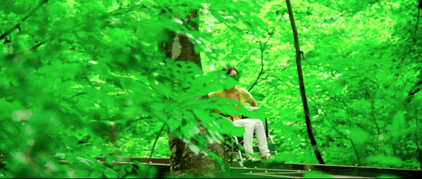
Distinctive courses
After settling down in the tranquil forest environment, visitors can experience a rich body and mind conditioning course carefully arranged by FuFu Yamanashi Health Farm. For different tourists, there are package courses, practical courses and optional courses.
A. Package Course
For all visiting tourists, the hotel will provide corresponding health management services according to the time of stay. The courses include “waking up yoga, sitting meditation, relaxation activities with fitness balls, night reading around the fire”. It is physiological adjustment, and the course duration is basically controlled at about one hour (two hours for night reading around the fire).
1. Wake up yoga: 60 minutes in the morning. Doing yoga in the first ray of sunlight in the morning not only moves the muscles and bones, but also has a good effect on improving the internal organs and nervous system. Take a deep breath of the fresh air in the forest, and you will immediately get a sense of relaxation that is hard to experience in the city.
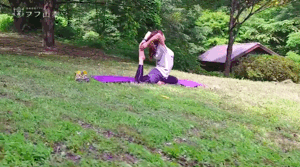
2. Meditation: 60 minutes in the morning. Sit upright with eyes closed, concentrating on meditation. “Sit” means to stabilize the body, concentrate the mind, and comprehensively adjust the body, breath and heart. Sitting meditation allows you to consciously put aside your personal likes and dislikes, so as to achieve clarity of mind, orderly thinking, and single-minded action.
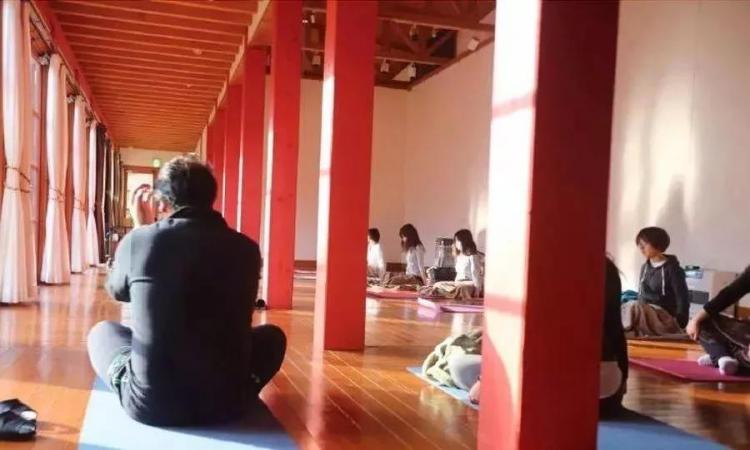
3. Body clearing: 60 minutes at night. Use a fitness ball to relax and find the most relaxed and comfortable posture for your body. Through the physical exercise of the inner muscles, adjust the axis of the body, so that you feel that the amount of exercise is just right, so that you can feel very comfortable physically and mentally.
4. Night reading around the fire: 20-22 o’clock in the evening. Shaking flames, said to have a mentally relaxing effect. At the end of the day, sitting around the fire, you can be in a daze quietly, you can read a favorite book, or you can talk about the future with your friends, maybe in this way you can find yourself naturally.
B. Practical courses
Practical courses are free for “long-stay” (more than “three days and two nights”) tourists, and other guests will be charged corresponding course service fees.
1. Forest walk: 60 minutes in the morning. Walking in the morning can help the biological clock “time”, which can stimulate the body’s adaptive response. Our bodies operate according to a certain rhythm, and the morning sun is said to be able to adjust the biological clock in the body. There are four distinct seasons in Yamanashi Prefecture, and there are different discoveries in the forest every day.
2. Forest work: 120 minutes. Touching the soil can make human beings feel as one with nature. Depending on the season, the courses of forest and farming experience are different, such as plowing, thinning, vegetable planting, etc., each activity can fully contact with nature.
3. Pastoral cuisine: 120 minutes before noon. Use local Kyoho grapes to make jam, and ripe persimmons to make persimmon cakes. You can fully experience the fun of rural cooking. If it is a product made with care and pleasure, the taste will be different.
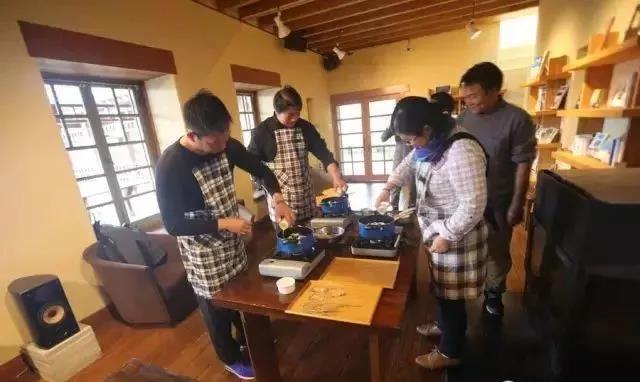
4. Stargazing: 60 minutes at night. Health Farm has an observatory, and specially prepared astronomical telescopes. It is a pleasure to drink a glass of warm Japanese sake and look at the deep sky and see how the stars are falling.
C. Optional courses
Free optional courses are provided for all guests, and guests can apply for participation according to their own interests or the recommendation of forest healers.
1. Aromatherapy: There is a herb garden in the health care farm, where experiencers can pick aromatic plants and distill essential oils. Qualified aromatherapists will mix essential oils according to the physique of the experiencer, and give advice on health management. This knowledge can be beneficial for life.
2. Forest therapy: The local people believe that forest therapy is forest bathing based on medical evidence. A qualified forest therapist will take you to experience the natural healing power of the certified forest recuperation trail.

3. Measurement of autonomic nerve balance: Health Farm has a set of instruments made in Korea, which can easily measure the balance of autonomic nerves and print out the evaluation report on the spot.
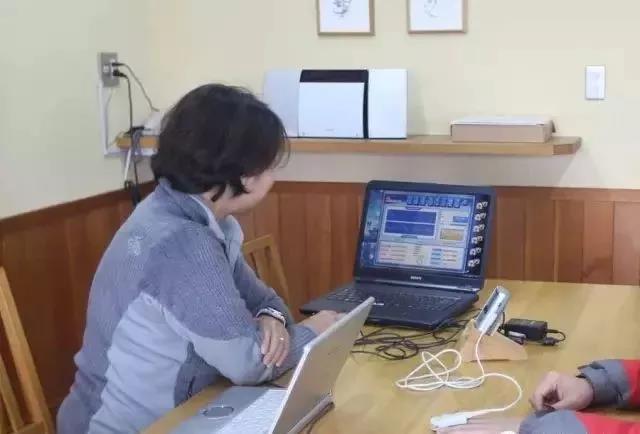
4. One-to-one psychological counseling: If you are under too much pressure, mildly nervous, or have lifestyle-related diseases, the psychological counselors in the Health Farm will give you the most professional solutions through meditation and other methods.
5. Art therapy: pictures can help us understand ourselves from colors, and artistic expression can relieve mental stress. In the health care farm, you don’t have to think about drawing a picture, you just need to express your mood freely to eliminate stress.
6. Aroma touch: This therapy charges different fees according to the use of essential oils. The Health Farm has a special massage classroom and masseurs who can provide back and foot massage services.
7. Hiking on Mt. Onara: Starting from the Health Farm, go all the way to Mt. Mt. Onara at an altitude of 1,713 meters, and then overlook Mt. Fuji from the top of the mountain. The entire walking route takes about 5.5 hours, and experiencers need to bring their own lunch boxes.
The construction of Japan’s “forest bathing” and “forest therapy base” represented by FUFU Yamanashi Health Farm and the development of forest health care industry may provide some reference for the development of China’s forest health care industry in the ignorant period.
Source: Internet media
Tidying Up: People Who Explore Travel
The picture comes from network screening, intrusion and deletion




